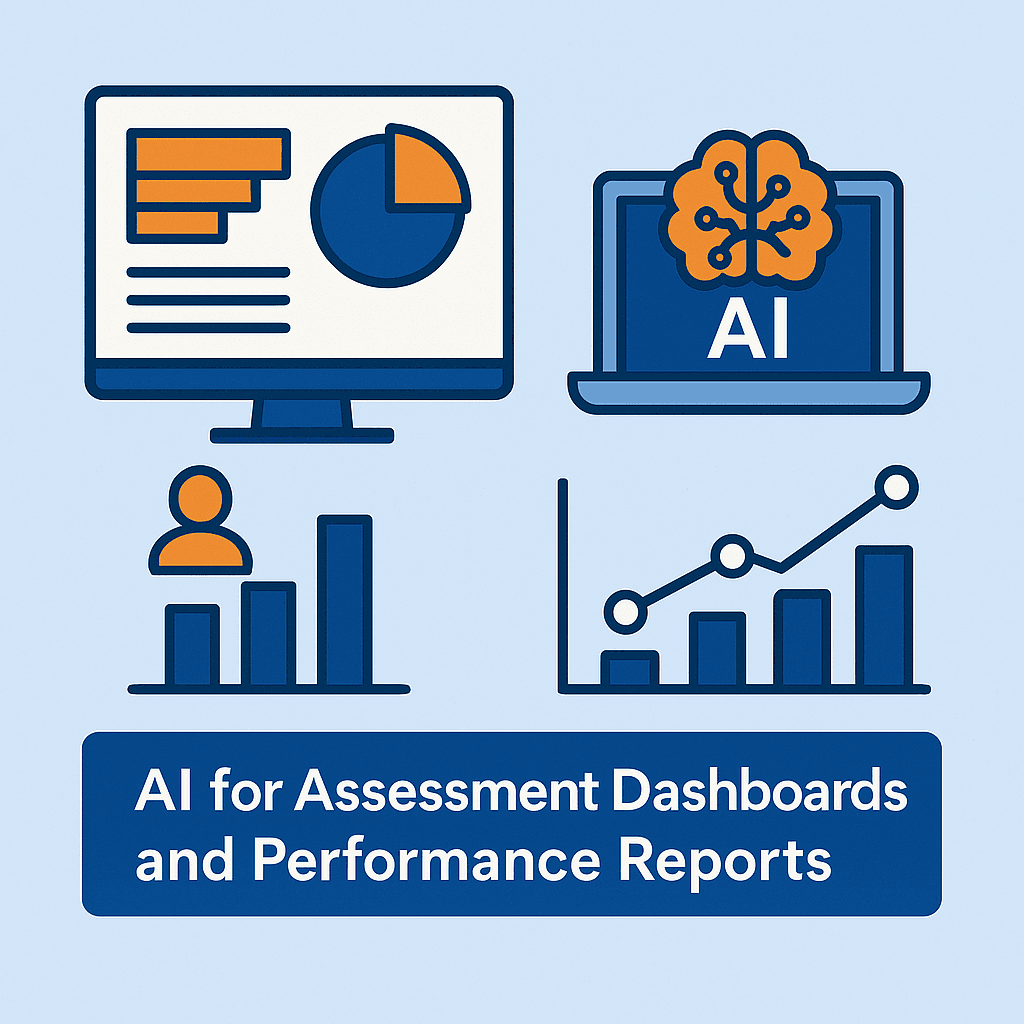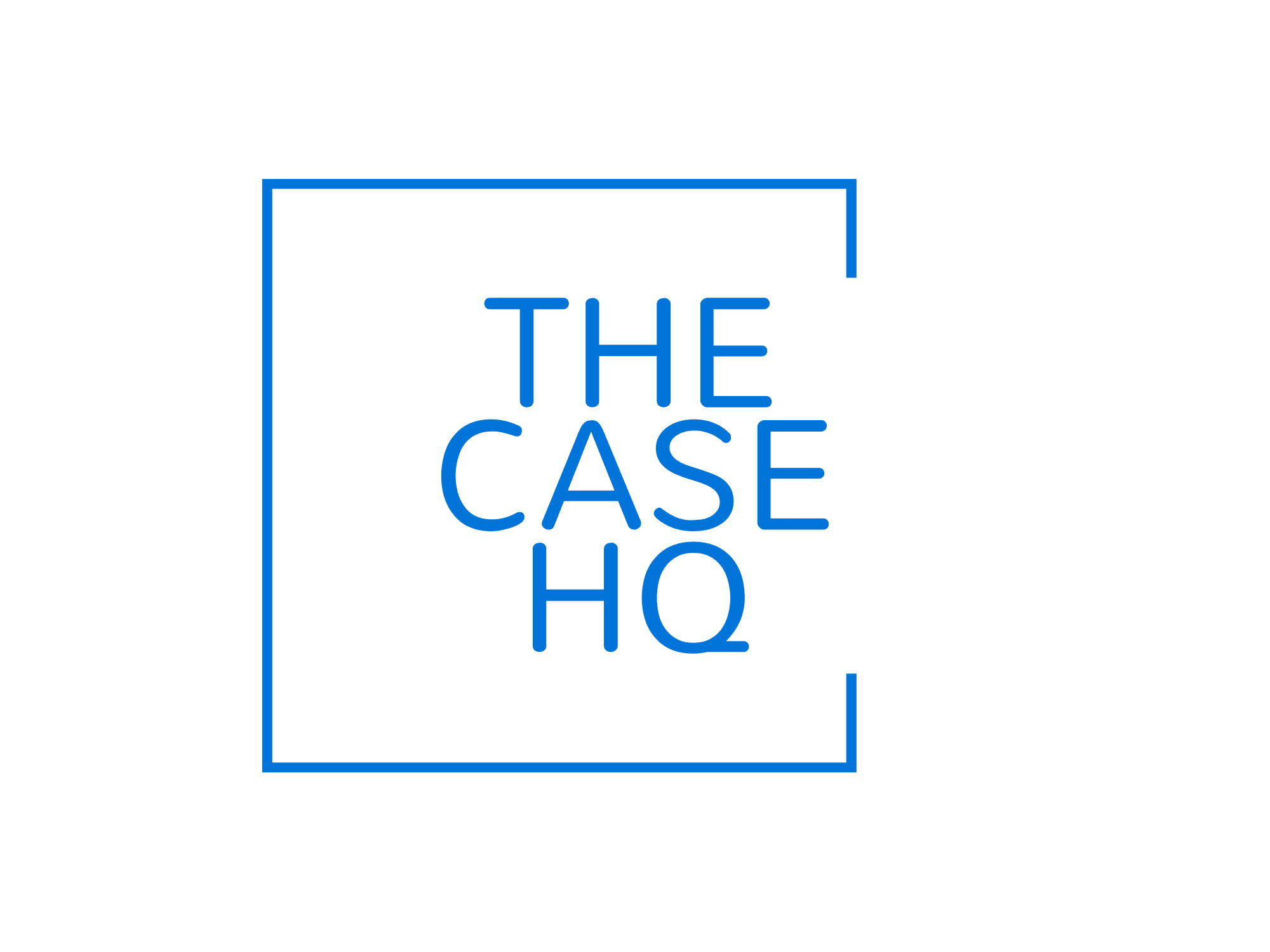AI for assessment dashboards and performance reports is rapidly reshaping the way educators and institutions measure learning progress, evaluate teaching effectiveness, and make data-driven decisions. As education becomes increasingly digital, the demand for real-time, insightful analytics is at an all-time high—and artificial intelligence is answering that call.
In traditional education systems, performance data is often collected sporadically, with teachers manually entering grades and administrators generating periodic reports. This static, retrospective model limits opportunities for timely intervention and personalised support. By contrast, AI for assessment dashboards and performance reports enables real-time data capture, predictive insights, and automated visualisations that empower educators to act proactively.
Utilizing Published Sources in Case Study Research: Advantages and Pitfalls
Why AI Dashboards and Performance Reporting Matter
The core value of AI for assessment dashboards and performance reports lies in its ability to convert raw student data into actionable intelligence. Rather than sifting through spreadsheets or disconnected grading systems, educators can now access dynamic dashboards that show trends, gaps, and strengths at a glance.
For example, if a student consistently performs poorly in comprehension-based questions but excels in multiple-choice formats, AI-powered dashboards can flag this pattern and recommend instructional adjustments. These insights, drawn from real-time performance analytics, allow for precision teaching—an approach that is far more effective than blanket interventions.
Key Features of AI-Powered Dashboards in Education
- Real-Time Performance Monitoring
Teachers can instantly view student progress across multiple assessments, assignments, or learning platforms. Dashboards update in real time, enabling just-in-time teaching support. - Predictive Analytics
Using historical performance and behavioural data, AI can forecast future performance, identify at-risk learners, and suggest intervention strategies. - Personalised Feedback Reports
Dashboards generate individual student reports based on learning outcomes and engagement metrics. These reports help both students and parents understand areas for improvement. - Visual Data Representation
Charts, heatmaps, and trend lines allow educators to spot patterns easily—whether it’s an entire class struggling with a topic or a student who needs enrichment.
Real-World Examples
1. PowerSchool Performance Matters
PowerSchool offers AI-enhanced dashboards that track student growth, assessment scores, and learning trends across terms. It integrates seamlessly with most LMS platforms and provides insights at student, class, and school levels.
2. Microsoft Education Insights
Microsoft Teams for Education includes the Insights dashboard, powered by AI, to monitor student activity, engagement, and performance. Teachers receive automatic alerts if a student disengages, helping to guide early support.
3. Canvas Analytics by Instructure
Canvas offers an analytics suite that shows how students interact with course content and assessments. Educators can view progress dashboards and even compare student groups using predictive indicators.
4. Knewton Alta for Higher Education
This adaptive learning platform provides real-time dashboards tracking student mastery levels. AI identifies gaps and dynamically adjusts learning pathways based on assessment outcomes.
5. Century Tech
Widely used in UK secondary schools, Century Tech leverages AI to assess students’ knowledge and skills continuously, presenting the results on intuitive dashboards. Teachers use this data to personalise assignments and interventions.
Benefits of AI for Assessment Dashboards and Performance Reports
- Enhanced Decision-Making
Educators gain immediate access to reliable data, enabling evidence-based teaching and strategic planning. - Student Empowerment
Personalised performance dashboards allow students to take ownership of their learning journey by tracking their strengths and improvement areas. - Time-Saving
AI automates the creation of reports and visualisations, freeing educators to focus more on teaching rather than administrative tasks. - Equity in Learning
By identifying underperforming or disengaged students early, AI supports inclusive education strategies that reach learners who might otherwise be overlooked.
Implementation Considerations
Despite the power of AI for assessment dashboards and performance reports, successful implementation requires thoughtful planning:
- Data Privacy: Schools must comply with GDPR, FERPA, and other data protection regulations when using student performance data.
- Training and Support: Educators should receive training on interpreting AI-generated insights and understanding how to translate them into classroom action.
- System Integration: Choose AI tools that integrate seamlessly with your school’s LMS and assessment platforms.
- Customisation: Dashboards should be flexible enough to reflect institution-specific metrics, such as curriculum standards or bespoke grading scales.
Conclusion
The shift to AI for assessment dashboards and performance reports marks a pivotal change in educational assessment and learner support. No longer constrained by lagging data or generic reporting, today’s institutions can access timely, intelligent insights that drive better decisions and better outcomes.
With AI, assessment becomes not just a tool for judgement but a powerful engine for growth. Schools and universities that embrace these technologies are investing in a future where every learner is seen, supported, and set up to succeed.
Visit The Case HQ for 95+ courses
Read More:
AI and the Future of Assessment: From Standardized Tests to Adaptive Learning
AI in Early Childhood Education: Promises and Pitfalls
How AI is Shaping the Role of Educators in the 21st Century
AI and Special Education: Customizing Learning for Every Student
The Art of Crafting Compelling Case Studies: Tips for Success
How to Use Case Studies to Showcase Your Expertise
A Step-by-Step Guide to Writing Impactful Business Case Studies
Curriculum Deep Dive: Every Module in the CAIBS Program Explained
Learning Outcomes from CAIBS: Real Strategic Impact for AI Business Leaders
Careers After CAIBS: Top 10 Job Roles for Certified AI Business Strategists



Responses